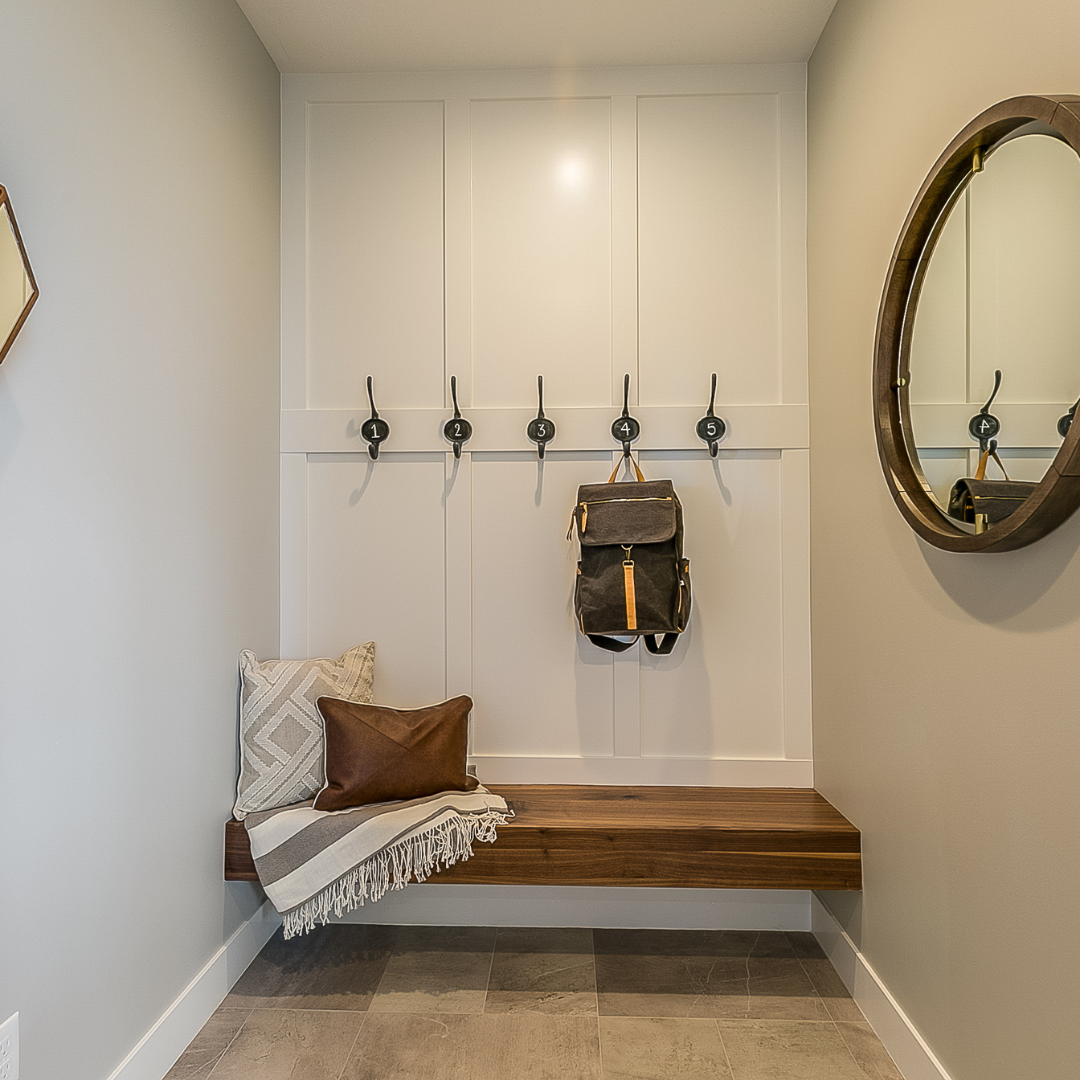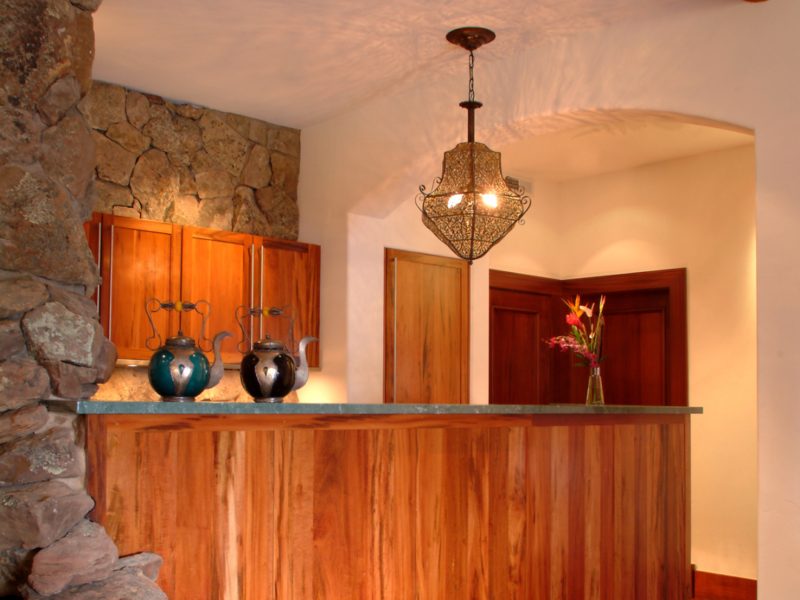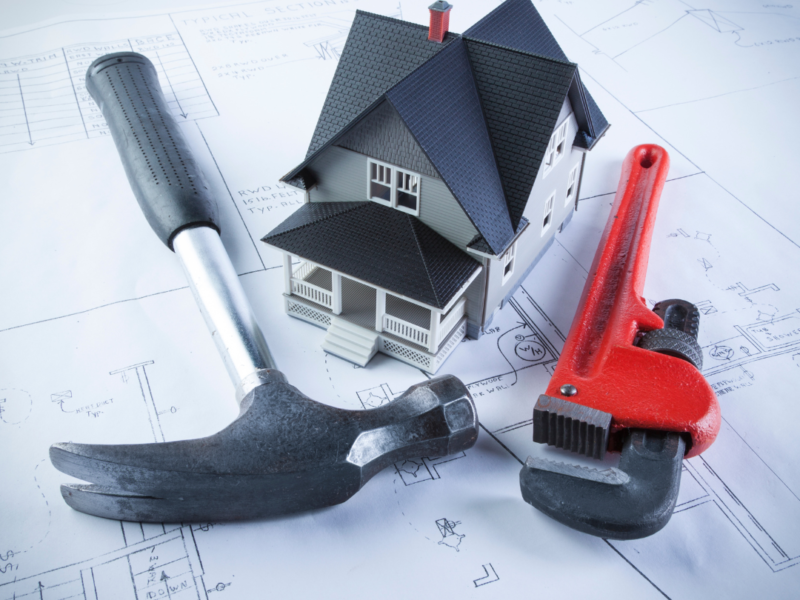Do you love having a functional, stylish, and affordable mudroom for your home? If so, this post is for you! In this article, we will show you how to create your very own DIY mudroom in just a few easy steps. We will also provide you with all the resources you need to make it happen. So be sure to read on to learn more!
3 Different Types of Mudrooms
Traditional Mudroom
This type of mudroom is typically smaller and simpler than the other two, featuring a few storage spaces and maybe a bench or chair for taking a break. They’re perfect for someone who just wants to grab a quick item and head out.
Closet-Style Mudroom
This features more storage space, along with built-in cabinets or shelves that can hold everything from shoes to umbrellas. They’re great for people who have a lot of stuff and want to be able to easily find what they need.
Customizable Mudroom
This is the perfect option if you want complete control over your mudroom’s design. You can choose everything from the colors and materials used to the layout and size. This is the best way to personalize your space and make it uniquely yours.
Constructing Your Mudroom
Creating a functional, stylish, and affordable mudroom is easy with some clever planning and design. Here are five tips to get started:
Decide on Your Space Requirements
Is your mudroom primarily used as storage space or do you need a place to hang coats and hats? Factor in the size of your closet and decide if you’ll need extra storage elsewhere in the house.
Think About Functionality First
What features will you need in your mudroom? A bench for sitting, shelves for holding towels and washcloths, a place to store shoes, and so forth? Make a list of what you need and start thinking about how you can incorporate these features into your design.
Consider Flooring Options
Mudrooms can have any type of flooring – from tile to concrete- and there are many designs and textures available from suppliers similar to Eden Clay, so make sure you choose something that will look good and be comfortable for users.
Also, regular maintenance is important for your mudroom flooring, be it tile, concrete or hardwood. Keep a close watch for any signs of wear or damage and conduct periodic inspections to catch issues early. This approach can ensure the long-lasting functionality of your mudroom flooring. In case you observe any concrete damage, you can consider getting Concrete Repair By Ardex or similar firms.
Choose Versatile Materials
Mudrooms can be styled in lots of different ways, from classic to modern. Feel free to mix and match materials like wood, stone, tile, glass, and steel to get the perfect look for your home. For instance, you could use a chequered plate for the floor. This gives your mudroom a cool and practical style. Plus, chequered plate is really tough, so it can handle lots of use without getting damaged. In summary, using versatile materials can help you make a mudroom that’s both stylish and useful.
Plan for Lighting and Decorating Accents
Add subtle touches of color or light fixtures to complement your chosen theme or décor, or consider opting for more striking accents like custom-made wall art or flush-mounting hardware fixtures.
Materials Needed for a DIY Mudroom
For the floor, you can use any type of mud or tile that is easy to clean. If you want something more durable, you can also choose wood or laminate flooring.
Cabinet Hardware and Shelving
You will need cabinets with doors that open to the mudroom because these will be used to store coats and other items. You will also need hanging space for coats and hats on the inside of the cabinet doors. Shelving is optional, but it can be helpful if you have a lot of hats or jackets to hang.
Mail Rack
A mail rack is essential for organizing mail and keys. You can find one at most home improvement stores or online.
Laminate Countertops
If your mudroom will be used as an office as well, you may want to consider installing a laminate countertop so that it doesn’t get muddy and stained from spills.
Paint or Wallpaper
Your mudroom should have a fresh, new look so choose a color that matches your décor. Paint is the easiest way to accomplish this, but wallpaper is also an option if you prefer not to paint your walls.
Add Appealing Elements to the Floor
You can elevate the aesthetics of your mudroom by incorporating stylish tiles or rugs into the flooring. This not only enhances the visual appeal but also transforms the space into a welcoming area rather than just a utilitarian storage room. By strategically placing rugs, such as a chic cow hide rug, you can add a touch of sophistication while effectively managing the inevitable mud and dirt that might be tracked in, especially if you have kids.
Storage Shelves and Hooks
This is where you can put all of your kid’s toys and clothes. Make sure to include enough storage spaces for coats and boots, as well.
Mirrors
A big mirror will make your space feel larger. You can also use mirrors to help organize your space by dividing it into different areas like a bedroom, living room, and kitchenette area.



